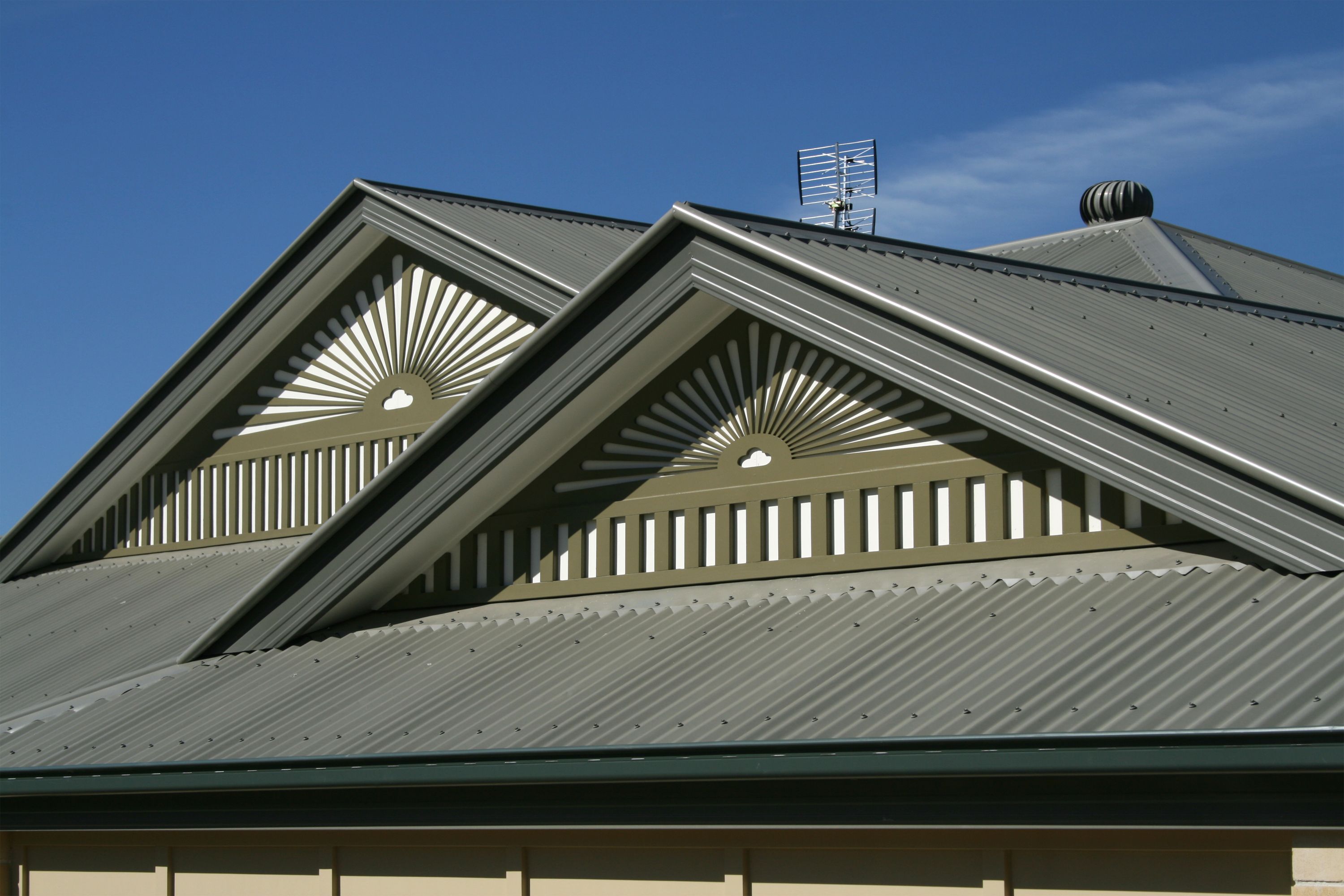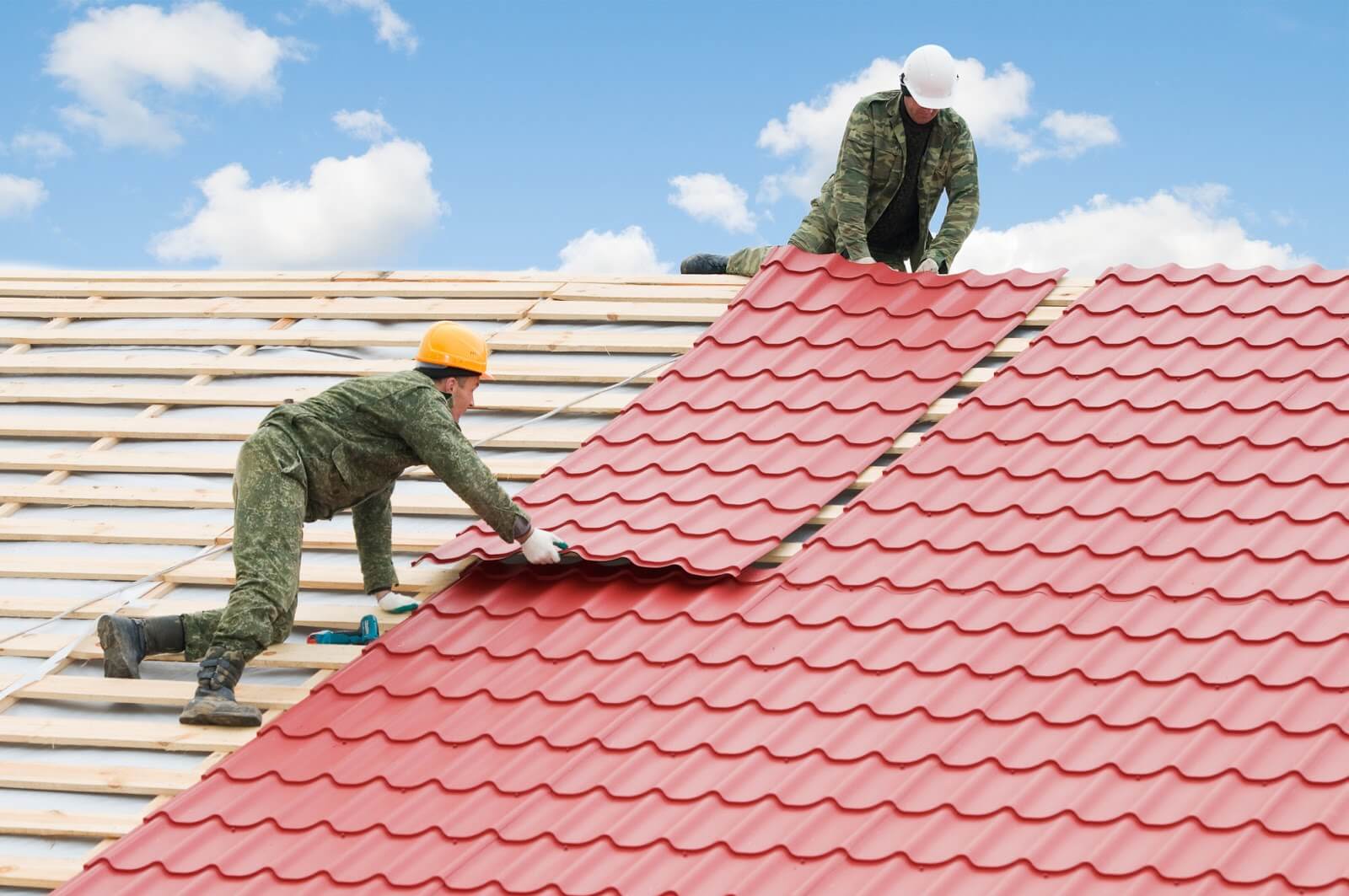Roofing Lockhart: Your Go-To Professionals for Affordable Roofing Services
Specialist Roofing Tips for Picking the Best Materials for Your Home's Requirements
When it comes to choosing the appropriate roofing products for your home, an organized method is necessary. Trick considerations include recognizing your neighborhood climate, examining the durability of different products, and assessing energy effectiveness.
Examining Your Environment Problems

When picking roofing materials, it is important to take into consideration the details climate conditions of your location, as these factors considerably influence the longevity and performance of your roofing. Different climates pose one-of-a-kind obstacles, such as high winds, hefty snowfall, severe warmth, or too much moisture. Recognizing these components is essential for making an informed choice.
For circumstances, in areas vulnerable to hefty rain or snow, materials like metal or asphalt shingles with high waterproofing capacities might be better. Alternatively, in locations with high temperatures, reflective materials such as tiles or awesome roofing systems can help reduce heat absorption, bring about power effectiveness and improved interior convenience.
Furthermore, think about local wind patterns; products that can stand up to high winds, like concrete ceramic tiles or impact-resistant roof shingles, are crucial in hurricane-prone areas. Humidity degrees likewise play a function; in wet environments, choose for materials resistant to mold and mildew, such as artificial underlayment or dealt with wood.
Eventually, examining your environment problems will certainly aid make certain that you pick roof covering products that not only enhance your home's visual allure yet likewise provide durability and defense against environmental stress factors. Roofing Lockhart.
Comprehending Product Longevity
Examining climate conditions is just the very first step in making an informed roof covering decision; understanding the longevity of the materials is equally important. The long life and efficiency of roofing products can vary dramatically, influenced by factors such as climate exposure, upkeep demands, and material structure.

Furthermore, think about the product's resistance to elements like rain, hail, and wind. For instance, impact-resistant roof shingles and metal roof coverings are much better suited for regions vulnerable to serious tornados. Furthermore, the material's capability to withstand UV exposure is crucial for preserving aesthetics and protecting against premature deterioration.
Inevitably, picking durable products not only adds to the durability of your roof yet also minimizes the requirement for constant repair services or substitutes, making certain tranquility of mind and securing your financial investment with time. Assess longevity along with environment considerations to make the most informed selection for your roof job.
Energy Efficiency Factors To Consider
Energy efficiency plays a crucial role in roof covering decisions, influencing both month-to-month power bills and overall ecological effect. Selecting the appropriate roof materials can significantly lower a home's energy consumption by boosting insulation and showing sunlight.
Among the crucial factors to take into consideration is the roof material's thermal efficiency. Roofing Lockhart. Materials such as steel, clay tiles, and particular sorts of shingles are recognized for their capability to mirror solar power, decreasing heat absorption and, subsequently, cooling prices. Great roof choices, which are designed to mirror more sunshine than conventional roofs, can better improve power efficiency, specifically in warmer climates
In addition, the insulation properties of roof covering materials can influence warm retention during colder months. Products with a higher R-value give much better insulation, minimizing the demand for heating and adding to lower power bills.
It is additionally essential to consider the roofing's shade and structure, as lighter colors normally offer much better reflectivity compared to darker shades. By carefully examining these variables, homeowners can make educated choices that not only improve power efficiency but likewise add to lasting sustainability and convenience in their living environment.
Budgeting for Roofing Materials
Budgeting for roofing materials needs cautious factor to consider and intending to make certain an equilibrium between quality and cost. The primary step in this process is to establish a clear budget based on your overall monetary abilities and the specifics of your roof job. It is crucial to assess the total area of the roofing system, as this will directly affect the amount of material needed and, consequently, the overall price.
Next, research study the different sorts of roof materials available, noting their rate arrays and longevity. While some products might have a lower initial price, they might need more constant fixings or substitutes, resulting in higher lasting expenditures. In contrast, buying higher-quality products may yield far better power efficiency and longevity, inevitably conserving money over time.
Furthermore, think about labor costs, which can dramatically influence the total budget plan. By attentively budgeting for roofing products, property owners can make informed choices that line up with their long-lasting demands and financial goals.
Aesthetic and Layout Choices
Selecting roofing materials exceeds mere functionality; aesthetic and layout selections play a significant duty in boosting the total allure of a home. The roof is a prominent feature that adds to the building design and aesthetic allure of a residential property. When selecting products, think about exactly how right here they complement the home's exterior, including exterior siding, windows, and landscape.
Color is a pivotal factor; it can either harmonize with or comparison the directory home's scheme. Lighter shades can make a home appear larger and more inviting, while darker tones can impart sophistication and warmth. Texture also matters; for instance, slate offers a sophisticated, classic appearance, while steel roof covering can offer a sleek, modern-day visual.
Particular materials may be far better suited for certain designs; for example, clay ceramic tiles function well on Mediterranean-style homes, whereas asphalt shingles are a lot more functional. Eventually, the selected roof product should show the home owner's personal style while making sure durability and performance.

Conclusion
In summary, choosing ideal roofing materials requires a detailed assessment of environment problems, product durability, energy effectiveness, and spending plan considerations. In addition, visual choices should harmonize with the general style of the home. By focusing on these variables, homeowners can ensure the longevity and performance of their roof while improving the residential property's visual charm. Eventually, notified decisions in the roof choice process add to a lasting and functional home environment.
When it comes to choosing the best roofing products for your home, a methodical method is vital.When selecting roof covering products, it is important to consider the specific environment conditions of your area, as these elements significantly affect the durability and performance of your roofing. By thoughtfully budgeting for roofing materials, view website property owners can make enlightened choices that straighten with their long-term demands and monetary objectives.
Choosing roof covering materials goes past plain performance; visual and layout options play a considerable role in improving the overall charm of a home.In recap, choosing ideal roof products demands a complete analysis of climate problems, product sturdiness, power efficiency, and budget plan factors to consider.